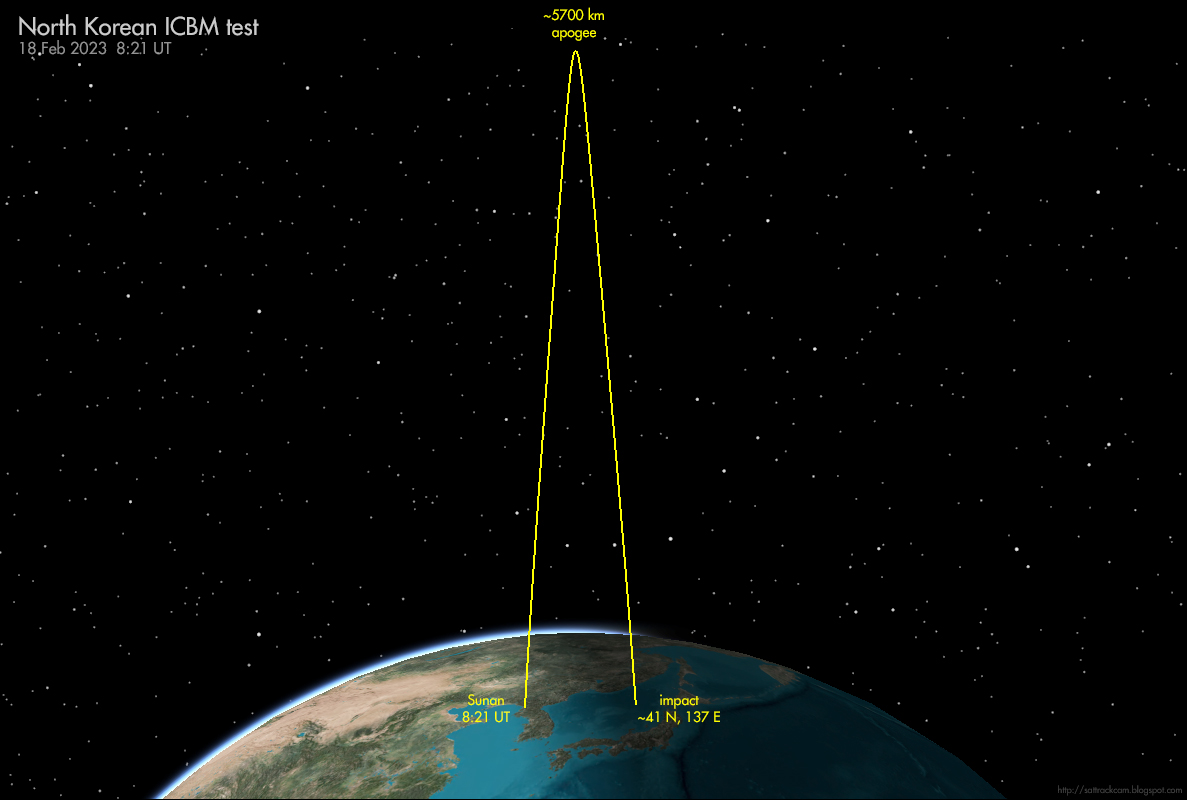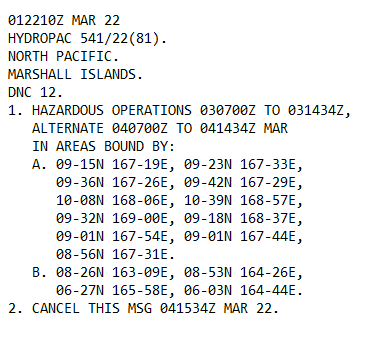Did you know that Geosynchronous #satellites do THE WAVE each day?
I created this animation of movement over a full day to show you.
(dots: satellites. colours: kernel density of that part of the geosynchronous belt)
@drspacejunk @RainerKresken @planet4589
I created this animation of movement over a full day to show you.
(dots: satellites. colours: kernel density of that part of the geosynchronous belt)
@drspacejunk @RainerKresken @planet4589
Now you also know why the @SpaceForceDoD wants Navy ranks...it's an ocean out there.... ;-)
As people ask me what causes this daily wave in the geosynchronous belt: it is a tidal effect due to solilunar perturbations on the satellite orbit.
This also causes a long-term (55 year) oscillation of the orbital inclination in GEO between 0 and 15 degrees.
This also causes a long-term (55 year) oscillation of the orbital inclination in GEO between 0 and 15 degrees.
So in terms of time, how did the current Geosynchronous ring form? I made an animation showing the contribution over time to the current population of objects above 2000 km altitude, in 5-year launchdate intervals:
@drspacejunk
@drspacejunk
• • •
Missing some Tweet in this thread? You can try to
force a refresh













